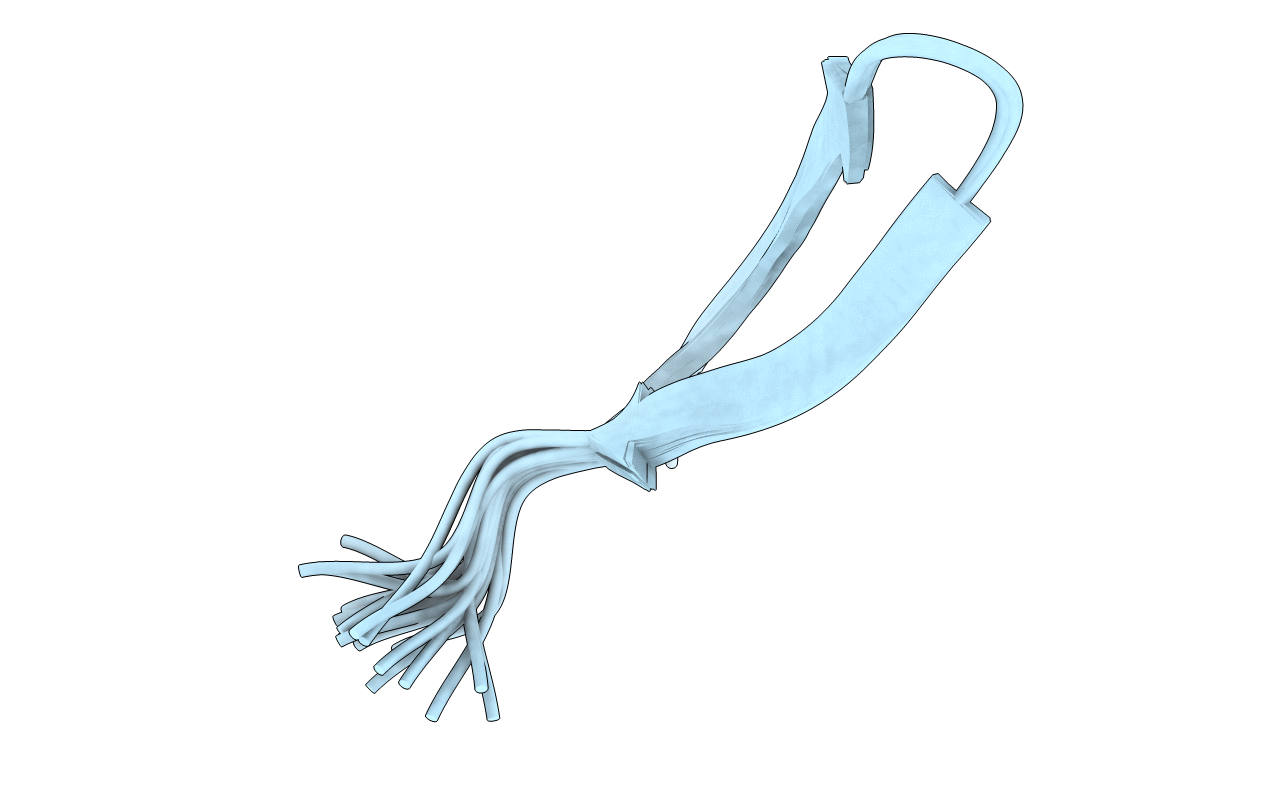
Deposition Date
2018-10-31
Release Date
2019-11-06
Last Version Date
2024-10-16
Method Details:
Experimental Method:
Conformers Calculated:
200
Conformers Submitted:
20
Selection Criteria:
structures with the lowest energy and best stereochemical properties as judged by Molprobity


